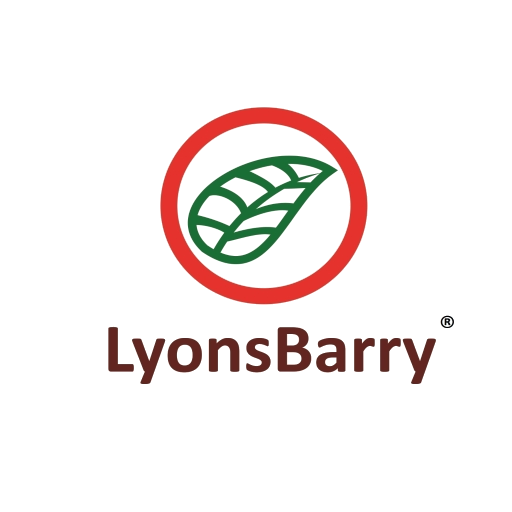Improving Muscle Strength and Size Without Extreme Pressure: A Balanced Approach
Building muscle strength and size often conjures images of intense gym workouts and heavy protein supplementation. However, it’s possible to achieve significant improvements in muscle strength and size with minimal pressure and without a gym membership. This article will explore various methods to enhance muscle strength and size using a balanced approach, focusing on bodyweight exercises, proper nutrition, and lifestyle habits.
The Basics of Muscle Strength and Growth
Muscle strength and growth, or hypertrophy, are influenced by several factors, including resistance training, nutrition, rest, and recovery. While resistance training is crucial, it doesn’t have to be extreme or confined to a gym. Let’s break down the key components of muscle strength and growth:
- Resistance Training: Engaging muscles in activities that require them to contract against resistance.
- Nutrition: Providing the body with adequate nutrients to repair and build muscle tissue.
- Rest and Recovery: Allowing time for muscles to recover and grow stronger.
Effective Methods to Improve Muscle Strength Without Extreme Pressure
1. Bodyweight Exercises
Bodyweight exercises are a fantastic way to build muscle strength and size without needing a gym. These exercises use your own body weight as resistance and can be performed anywhere. Here are some effective bodyweight exercises:
- Push-Ups:
- Target muscles: Chest, shoulders, triceps, and core.
- Variations like wide-grip, close-grip, and decline push-ups can add variety and challenge.
- Pull-Ups:
- Target muscles: Back, biceps, and shoulders.
- Use a pull-up bar or any sturdy overhead structure.
- Squats:
- Target muscles: Quadriceps, hamstrings, glutes, and calves.
- Variations include jump squats and single-leg squats (pistol squats).
- Planks:
- Target muscles: Core, shoulders, and back.
- Variations like side planks and plank with leg lifts can increase difficulty.
- Lunges:
- Target muscles: Quadriceps, hamstrings, glutes, and calves.
- Variations include forward lunges, reverse lunges, and walking lunges.
2. Resistance Bands and Dumbbells
Resistance bands and dumbbells are inexpensive and versatile tools that can enhance your bodyweight training routine. They provide additional resistance, helping to stimulate muscle growth effectively:
- Resistance Band Exercises:
- Bicep curls, shoulder presses, chest presses, and leg extensions.
- Dumbbell Exercises:
- Dumbbell rows, deadlifts, squats, and overhead presses.
3. Progressive Overload
To continue making gains in muscle strength and size, it’s essential to gradually increase the resistance or difficulty of your exercises. This concept, known as progressive overload, can be achieved by:
- Increasing the number of repetitions or sets.
- Reducing rest time between sets.
- Using more challenging exercise variations.
- Incorporating resistance bands or weights.
Nutrition: Building Muscle with Minimal Protein Supplements
Nutrition plays a critical role in muscle building, and while protein is important, it doesn’t mean you need to rely heavily on supplements. Here’s how to support muscle growth with a balanced diet:
1. Protein from Whole Foods
Aim to get most of your protein from whole food sources, which also provide essential vitamins and minerals:
- Lean Meats: Chicken, turkey, lean beef, and pork.
- Fish and Seafood: Salmon, tuna, and shrimp.
- Dairy Products: Greek yogurt, cottage cheese, and milk.
- Plant-Based Proteins: Beans, lentils, chickpeas, quinoa, and tofu.
2. Balanced Macronutrient Intake
In addition to protein, ensure you’re consuming adequate carbohydrates and healthy fats, which are crucial for energy and overall health:
- Carbohydrates: Whole grains, fruits, vegetables, and legumes.
- Healthy Fats: Avocados, nuts, seeds, and olive oil.
3. Hydration and Micronutrients
Staying hydrated and consuming a variety of fruits and vegetables ensures you get enough vitamins and minerals to support muscle recovery and overall health.
Lifestyle Habits for Muscle Growth
Incorporating healthy lifestyle habits can significantly impact muscle growth and strength:
- Adequate Sleep: Aim for 7-9 hours of sleep per night to allow your muscles to recover and grow.
- Stress Management: Chronic stress can hinder muscle growth. Practice stress-relief techniques such as meditation, yoga, or deep breathing exercises.
- Consistency: Regular exercise and consistent effort are key to making progress. Create a routine that you can stick to in the long term.
Conclusion
Improving muscle strength and size doesn’t necessarily require extreme workouts or heavy reliance on protein supplements. By incorporating bodyweight exercises, using resistance bands or dumbbells, following a balanced diet rich in whole foods, and maintaining healthy lifestyle habits, you can achieve significant muscle growth and strength gains. Consistency and gradual progression are crucial, allowing you to build a strong, healthy body without the need for a gym membership or excessive pressure.



